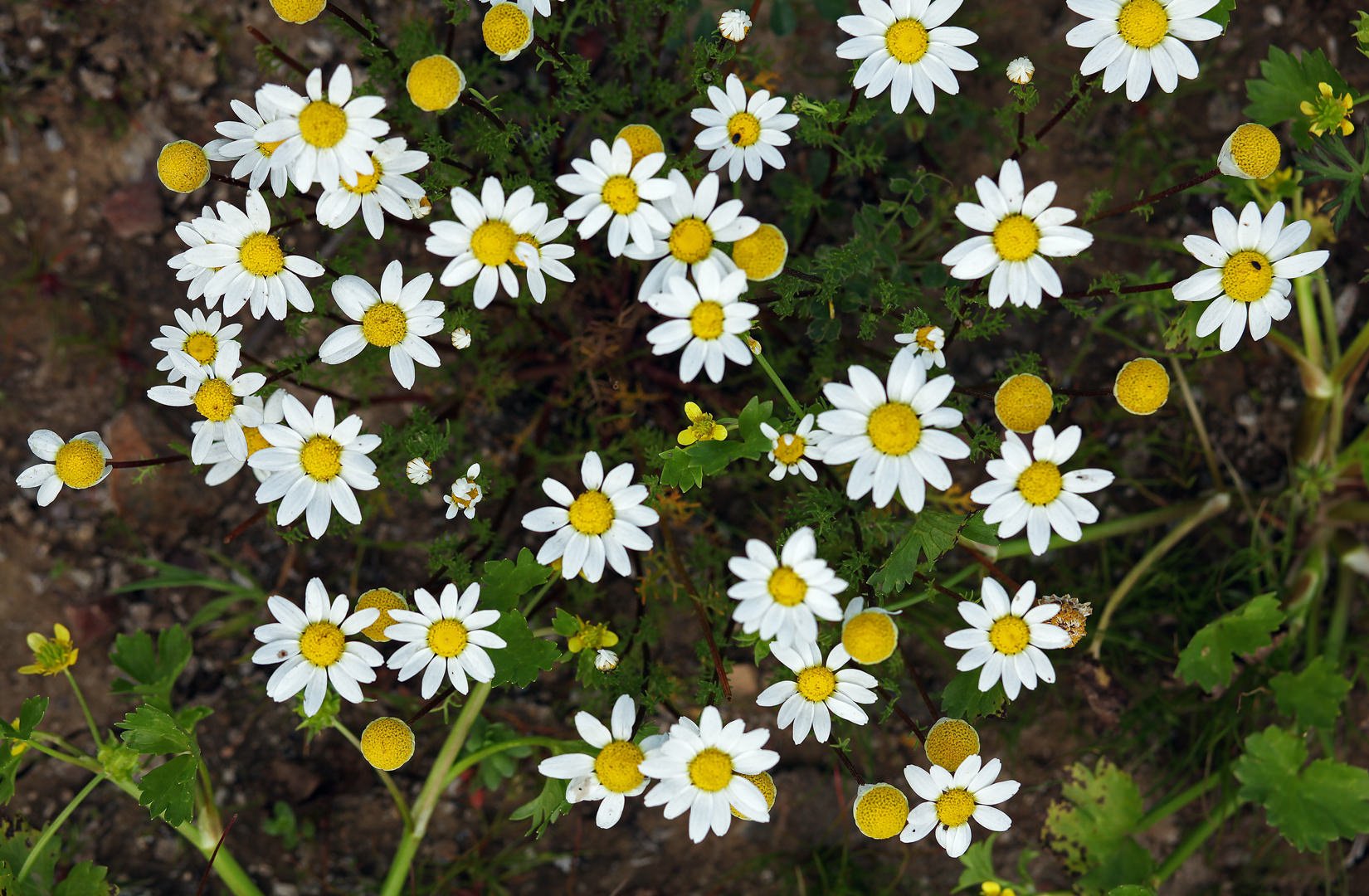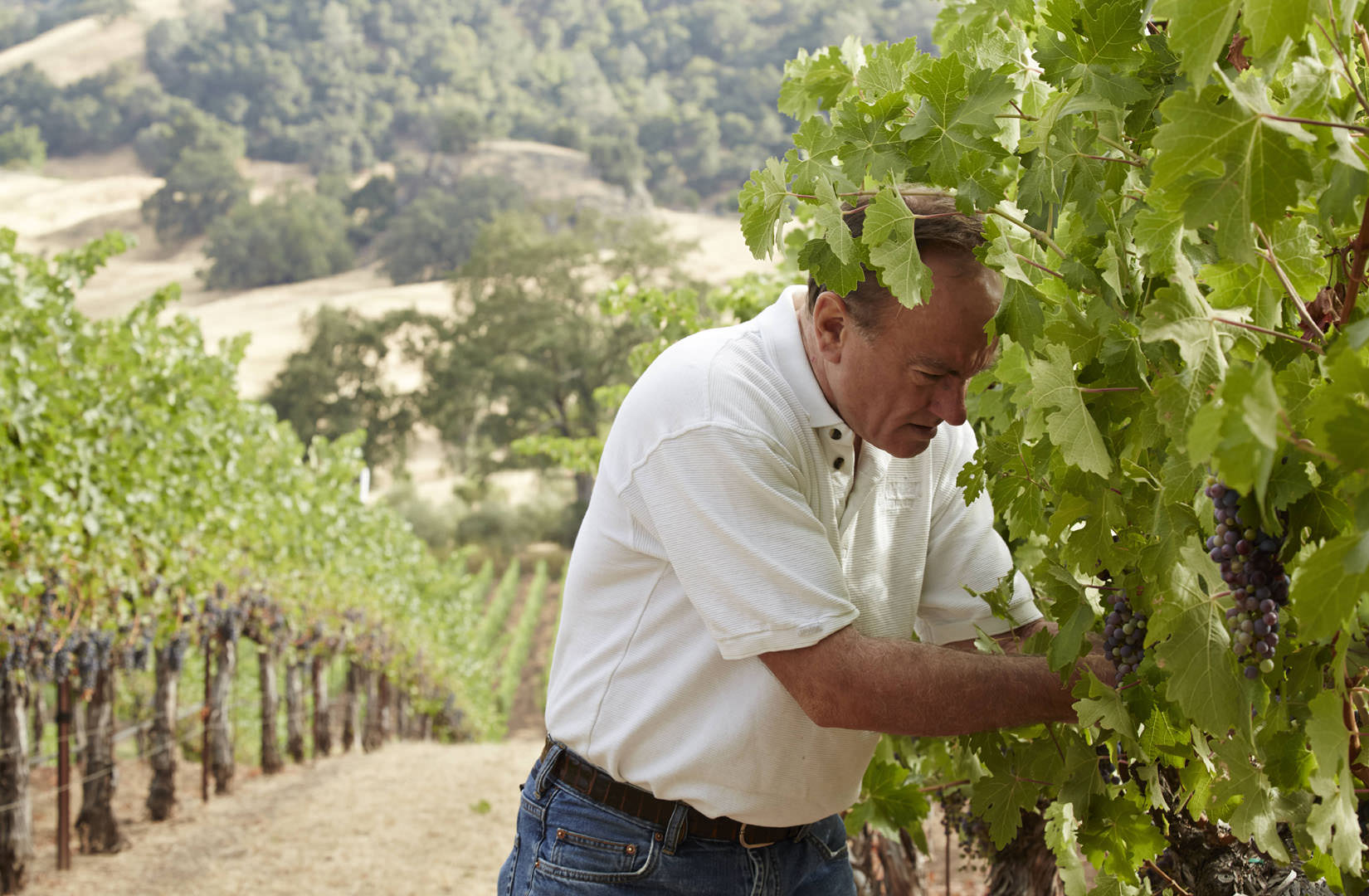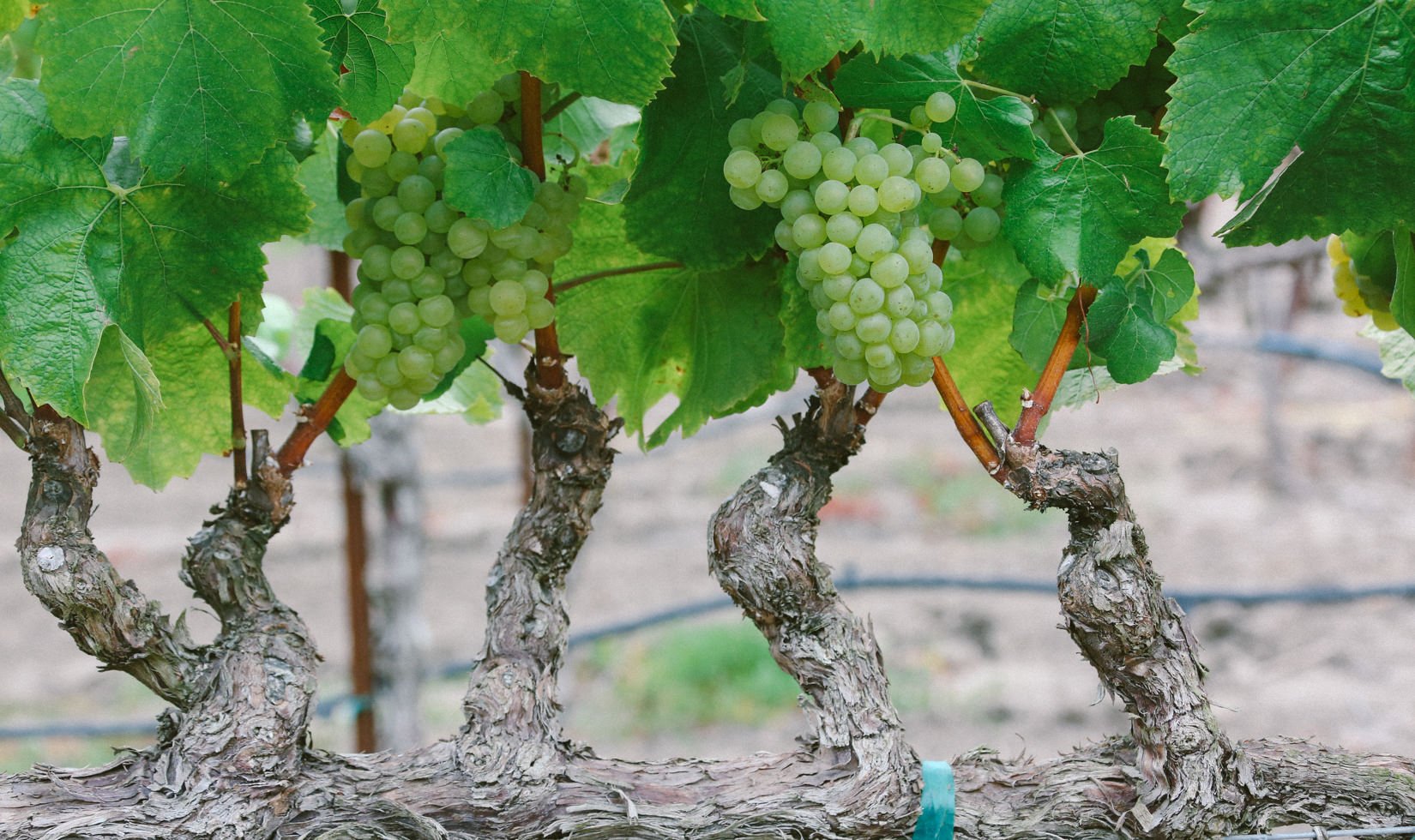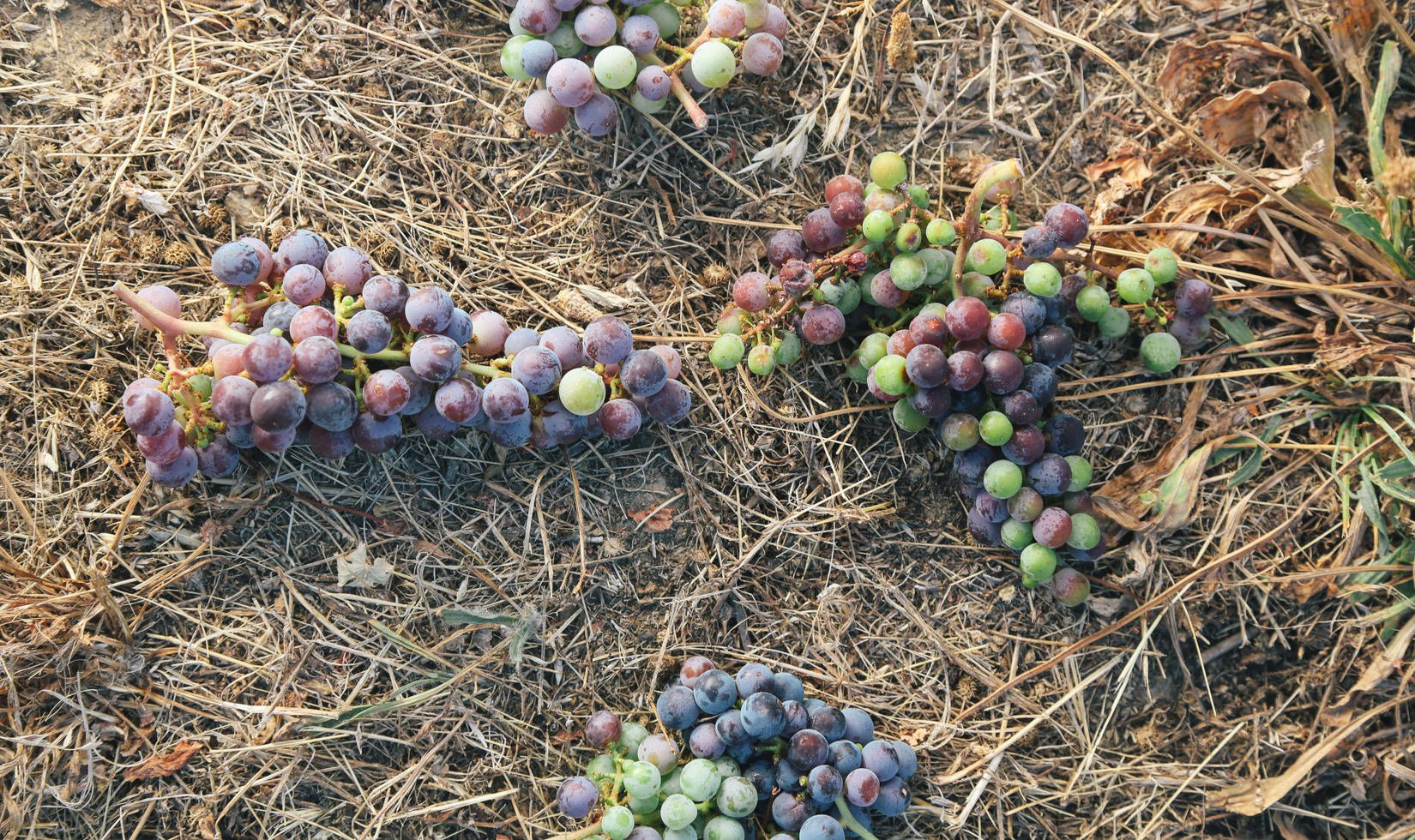This year marks the 40th anniversary of our first vintage at Jordan, so Sonoma County Vintners asked Winemaker Rob Davis, who has crafted every vintage of Jordan since 1976, to contribute to the new Vintner Q&A series at sonomawine.com. Be sure to visit the organization’s website for weekly harvest updates and videos, and don’t miss the Sonoma County Winegrowers cool social media feed from #SCHarvest. Here’s Rob’s answers to three questions about harvest and winegrowing.
What is one of your biggest harvest related challenges you face, as well as one of your most satisfying moments?
Probably since the dawn of man, the harvest season has presented the farmer the same challenge each year–successfully responding to the variations in weather to promote the health of the fruit and minimize loss.
For Jordan’s Chardonnay program, that means reaching a balance with the grower to establish adequate canopy to protect the fruit from sunburn and at the same time allow enough fruit exposure to the air to mitigate damp conditions that encourage the growth of mildew and bunch rot. Much of this is achieved with precision timing of leaf removal, a judicious fungicide program and a lot of luck from Mother Nature. Also achieving an ideal balance of crop to vine vigor, expressed as canopy. Undercropping, which many a winemaker thinks promotes grape concentration of flavor, is more of a disaster than overcropping as the imbalance has the vine focus more on the growth of canopy than the physiological fruit maturation. Green flavors persist in the grape despite adequate sugar accumulation. Upon realizing after fruit set that the crop is less than what the vine vigor allows for balanced growth, the winemaker and grower battle the “imbalance” of vigor all year long.
Labor also continues to be a challenge throughout the season, including harvest. It’s critical to pick the grapes at optimal maturity, and sometimes different rows ripen at different times and require the kind of flexibility of scheduling that is not practical with today’s tight labor resources. As successful as the advent of machines has been for grape harvesting, they will never completely replace the hand skills and personal judgment that the human-touch can offer.
I call harvest “Mother Nature’s greatest party.” It’s my favorite time of the year. I’m at the crushpad with my assistant winemaker and enologist, tasting every gondola of fruit. It is the confirmation of all the work that both grower and winemaker achieved under the umbrella of Mother Nature. One of my most memorable recent vintage memories came in 2012. At the time, in my 36 years as winemaker at Jordan, I’d never seen fruit quality that stunning. There was an incredible consistency of perfectly mature fruit—it was a vintage of indescribable sensory overload. And as giddy as we all were that harvest, it coincided with the San Francisco Giants winning the World Series. As a life-long Giants’ fan, I couldn’t have been happier with the outcome of 2012 on so many levels. In the words of Mike Krukow, “epic joy.”
During the growing season, some vineyard owners and managers will drop or thin fruit, what is this process and what is the benefit?
Every winemaker wants uniform maturation of all the berries on a cluster, of all the clusters on each vine and of every vine within each vineyard block. Veraison is the time when the immature green berries turn color. The rate of the berries turning color almost always vary from berry to berry and more notably from cluster to cluster even on the same vine. The rate of change is believed by many winemakers to be consistent with the rate of maturity.
So “green thinning” is when clusters further behind ripening are removed leaving only the equally colored clusters behind for the harvest. Uniformity of maturity is what the winemaker and grower hope to achieve at the expense of crop.
However, it has been shown that in fact the green clusters do “catch up” to the other more colored clusters by the time the fruit is harvested, thereby nullifying the myth that green thinning evens out the stages of fruit maturity. Mark Mathews, professor at UC Davis, talks about this in his new book, “Terroir and other Myths of Winegrowing.”
Jordan works with our growers on green thinning based more on crop size than what is perceived as uneven maturity (somewhat agreeing with the same argument as Professor Mathews).
What we mainly accomplish during green thinning is adjusting the crop load to balance the vigor of the vine. Crop estimations are done shortly after the fruit has set (fertilized); and if a block is determined as being too heavy in crop to provide intense fruit flavors when mature, then we determine how many clusters will be removed. This normally occurs about 6 weeks before harvest.
Once a vineyard is completely picked, what happens afterward to the vineyard to assist it or even begin prep for next season?

Based on each vineyard block’s needs at Jordan Estate, we seed different types of ground cover to different rows in autumn, such as clover, mustard, insectary mixes and even fava beans, which like many legumes, help replenish nitrogen in soils that are deficient.
Cover crops allow us to incorporate high biomass organic material naturally back into the soils, regulate the growth of specific grapevines to enhance vine-to-vine uniformity, limit berry size to further concentrate flavors and help naturally control erosion.




